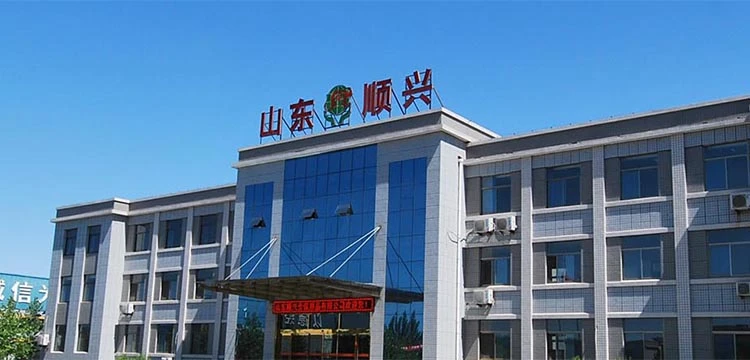Precautions for Classification and Inspection of Protective Gloves
For all the operations of the people on the construction site, most of them are done by two hands. This determines that the hands are often in danger. The opponent's safety protection mainly depends on gloves.
When using protective gloves, after analyzing the workpiece, equipment, and operating conditions, select gloves made of appropriate materials and easy to operate to protect them. However, for operations that require fine adjustments, wearing protective gloves is not easy to operate, especially for operators who use drilling machines, milling machines, and conveyors, and those who have the risk of pinching. If gloves are used, they may be entangled or pinched by machinery. Danger. Therefore, those engaged in these operations are strictly prohibited from using protective gloves.
The following types of protective gloves are commonly used on power construction sites: labor protective gloves. With the function of protecting hands and arms, workers generally use this kind of gloves when working. Insulated gloves for live working. Choose the appropriate gloves according to the voltage, check the surface without cracks, stickiness, brittleness and other defects. If there is any abnormality, it is prohibited to use them. Acid and alkali resistant gloves. Mainly used for gloves worn when exposed to acids and alkalis. Rubber oil resistant gloves. The gloves are mainly used for working in contact with various solvents of mineral oil, vegetable oil and fat clusters. Welder gloves. The protective gloves worn during electric and fire welding work should be checked for incompleteness, such as stiffness, thinness, holes, etc., on the leather or canvas surface. If there are defects, they are not allowed to be used. Gloves should be of sufficient length, and the wrists should not be exposed outside.
The inspection of personal protective equipment must also pay attention to: whether the product has a product produced by a "production license" unit; whether the product has a "product qualification certificate"; whether the product meets the relevant quality requirements of the product; whether the product specifications and technical performance are consistent with the operation The protection requirements are consistent.



